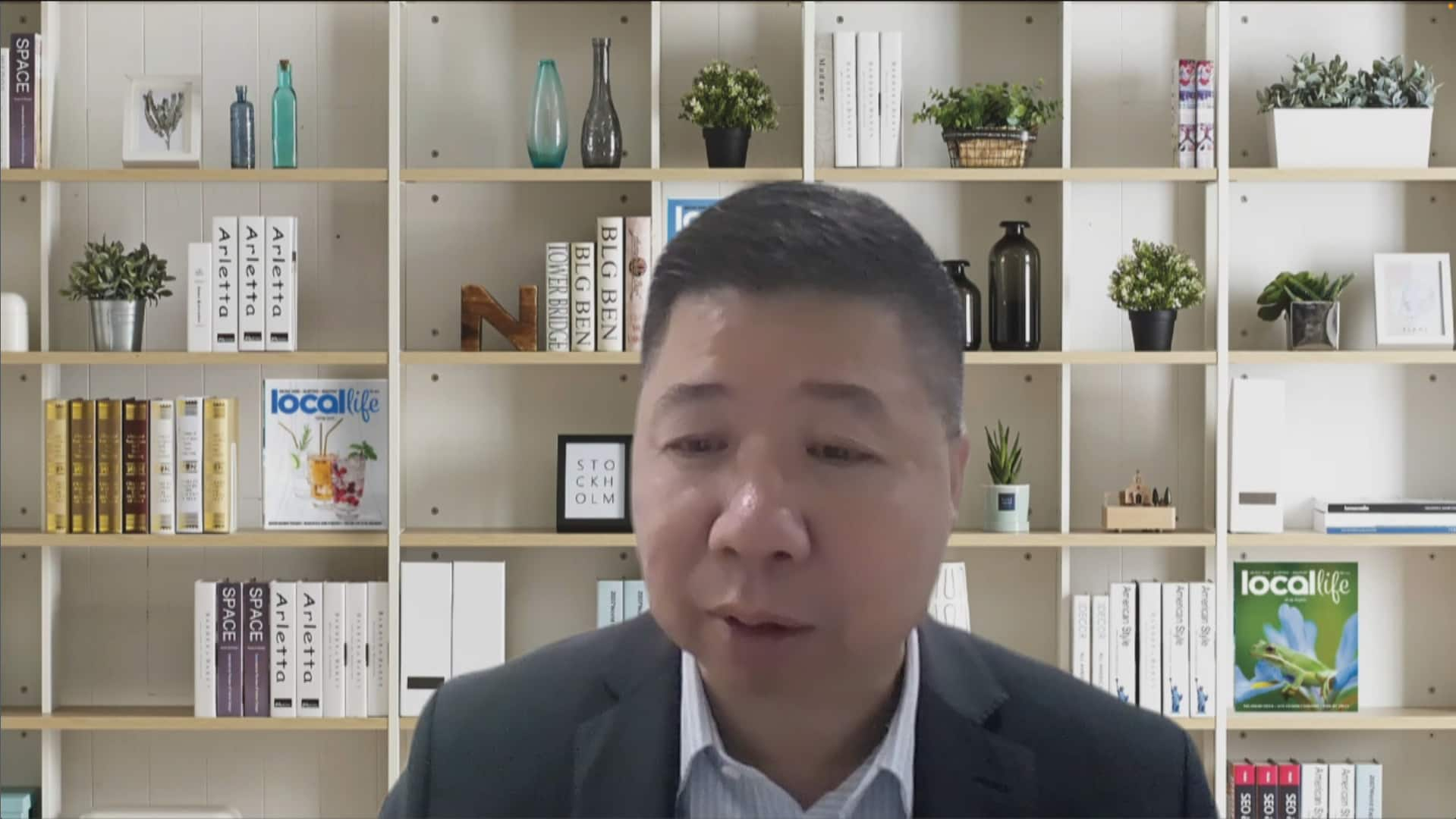Do other migrant workers get lost in the mix in Canada’s quest to attract tech workers?

Canada hopes to encourage more tech workers to visit and work in the country. But in its attempt to do so, critics of the plan worry that the rights of other migrant workers will be lost in the process.
In an announcement last week, Immigration Secretary Sean Fraser said the federal government is investigating a list of possible policies to encourage high-earning tech workers to tour the country and boost the tech sector, such as a revamped digital nomad program and special open work permits.
While the initiative could help attract thousands of new workers to fill labor shortages and spur innovation, experts risk the government perpetuating an unjust immigration system that gives some workers more mobility and freedom than others.
“If it is possible to create open work authorization for the tech industry to allow flexibility for labor mobility … the same [principle] should be extended to all migrants,” said Syed Hussan, executive director of Toronto-based Migrant Workers Alliance for Change.
“How come certain groups of people have more rights… and others don’t?”
Hussan and others working in the field say open work permits and flexible work arrangements for tech workers should be made more readily available to all types of migrant workers — particularly those in industries experiencing their own shortages, such as agriculture, personal care and health care.
People in these industries – many from low-wage earning countries in the developing world – typically receive limited visas that limit their stay in Canada based on their employment with an employer, make it difficult to qualify for health care coverage, and limit their ability to to speak out against labor abuses for fear of losing their permits, he said.
“Canada should have the ability for workers in every different pay grade to come here with the same rights — and that’s the fundamental issue,” Hussan said.
According to The latest data from Statistics Canada, the industries struggling with the highest vacancy rates are agriculture, forestry, fishing and hunting; healthcare and social assistance; and accommodation and food services. Ottawa recently launched a separate temporary foreign worker program aimed at immigrants who work in these industries, among others.
Divide between richer and poorer workers
Canada began prioritizing more highly skilled tech workers sometime in the 1990s because of the Internet boom, said Valerie Ann Preston, a professor in the department of environmental and urban change at York University in Toronto.
She said this marked the beginning of expanded benefits for highly skilled workers with temporary permits, such as not being tied to a single employer, allowing their spouses to work on immigration to Canada and providing easier access to permanent residency.

“What’s interesting to me is that we’ve maintained the privileged position of high-tech workers,” Preston said.
Many of these tech workers disproportionately come from wealthier, more developed regions of the world, Preston said. They include North America, Europe, Australia, New Zealand, Japan, and South Korea. Meanwhile, other migrant workers who often receive more limited work visas disproportionately come from Africa, the Caribbean, Central and South America and parts of Asia.
They are often highly skilled in industries from their home countries, but find it difficult to transfer those skills to the Canadian market, which may be due to restrictions in their work permits, so they end up making a “trade-off” by working in high-demand industries, Preston said.
“They may come with a lot of skills and a lot of experience, but they’re going to jobs that don’t offer career advancement … they’re going to jobs that don’t pay well.”
How to correct the ‘2-tier’ system
John Shields, a professor of politics and public administration at Toronto Metropolitan University, said the government’s move to attract tech workers fits into its broader plan to use immigration as a way to address labor shortages – spurred by an aging population and a skills gap across the world. plate.
But Canada risks encoding inequality in immigration law if it continues to give more leeway to those at the “so-called top” of the labor market without adjusting its acceptance criteria for people in other but equally important industries, he said.
Some temporary foreign workers who arrive in Newfoundland to work in fish farms are certified nurses and early childhood educators — more of which the province desperately needs. Tony Fang, an economics professor at Memorial University, talks about the skills mismatch.
“There’s a bit of a two-tiered system here where for those low-skill jobs, you see a lot of emphasis on the immigration program on temporary migration, where people actually have a hard time qualifying for permanent employment,” Shields said.
“And yet … those areas are often in high demand, and they’re not things that Canadian-born workers or immigrants who have been here for a long time want to do.”
When asked if the government would consider extending open permits to other migrant workers, Immigration, Refugees and Citizenship Canada said that while employer-specific work permits “protect” the Canadian labor market, it understands “the need for flexibility in this space”.
“That is why, since 2019, we have been allowing foreigners with an employer-specific work permit to apply for an open work permit if they experience abuse or are at risk of abuse in their workplace,” spokesperson Sofica Lukianenko said in an emailed statement. , adding that people can also apply for new work permits and quickly change employers if they are offered another job.
But for Hussan, the government should move to an immigration system that gives all workers permanent residency upon arrival, doing away with a multi-tiered system altogether. For Shields, increasing the possibilities for permanent residence for all employees is a start.
“We need to fill those gaps across the entire job market, and so should some of these other areas that really should be better recognized and better paid as well,” Shields said.




;Resize=620)